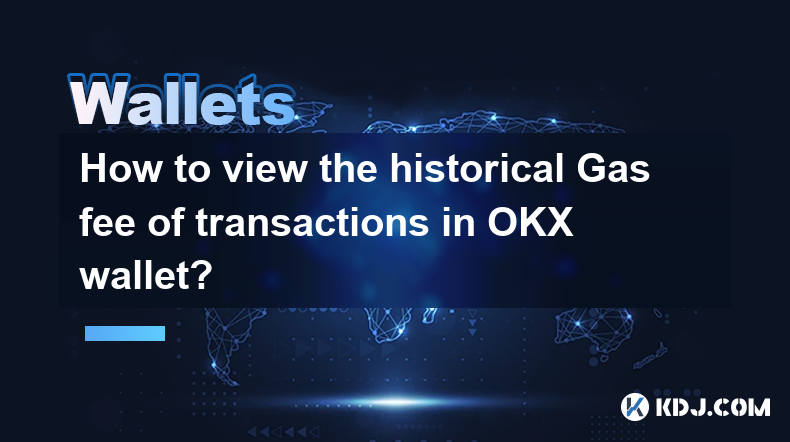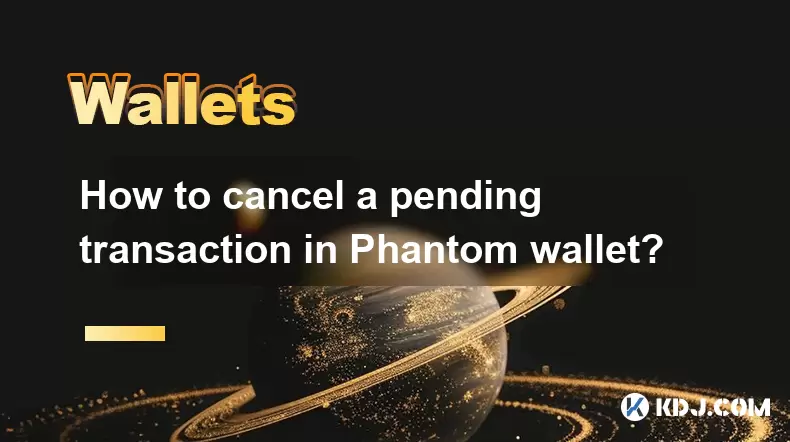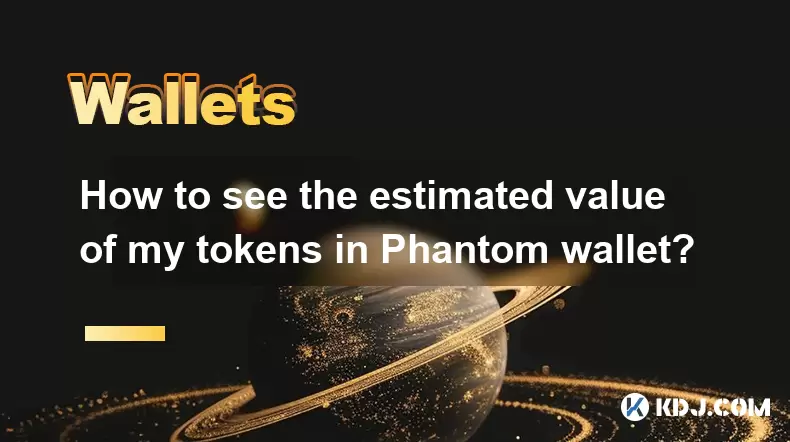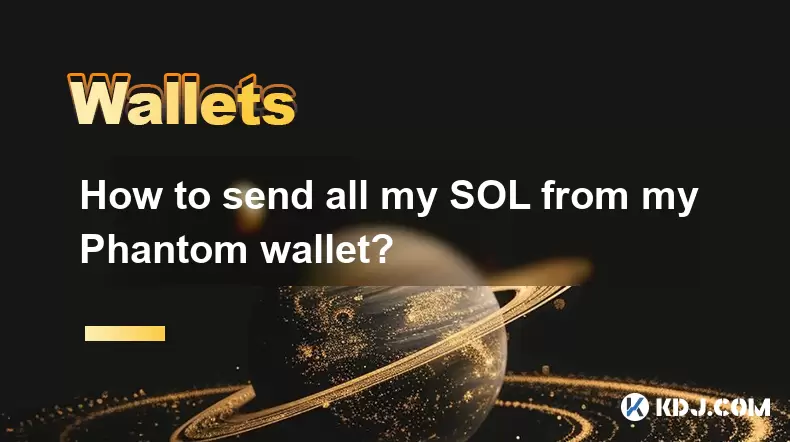-
 Bitcoin
Bitcoin $108,708.8110
0.60% -
 Ethereum
Ethereum $2,561.6057
1.91% -
 Tether USDt
Tether USDt $1.0001
-0.03% -
 XRP
XRP $2.2795
0.57% -
 BNB
BNB $662.2393
1.00% -
 Solana
Solana $153.1346
3.74% -
 USDC
USDC $1.0000
0.00% -
 TRON
TRON $0.2877
0.97% -
 Dogecoin
Dogecoin $0.1710
3.93% -
 Cardano
Cardano $0.5871
1.61% -
 Hyperliquid
Hyperliquid $39.6663
1.68% -
 Sui
Sui $2.9032
0.79% -
 Bitcoin Cash
Bitcoin Cash $496.1879
1.71% -
 Chainlink
Chainlink $13.5807
3.01% -
 UNUS SED LEO
UNUS SED LEO $9.0777
0.61% -
 Stellar
Stellar $0.2514
4.51% -
 Avalanche
Avalanche $18.1761
1.86% -
 Shiba Inu
Shiba Inu $0.0...01173
1.72% -
 Toncoin
Toncoin $2.8010
-4.23% -
 Hedera
Hedera $0.1594
3.21% -
 Litecoin
Litecoin $87.0257
-0.53% -
 Monero
Monero $319.1217
1.79% -
 Polkadot
Polkadot $3.3853
0.68% -
 Dai
Dai $0.9999
-0.01% -
 Ethena USDe
Ethena USDe $1.0003
0.02% -
 Bitget Token
Bitget Token $4.3420
-0.97% -
 Uniswap
Uniswap $7.3772
1.39% -
 Aave
Aave $286.6277
5.61% -
 Pepe
Pepe $0.0...09994
2.33% -
 Pi
Pi $0.4589
1.76%
How to view the historical Gas fee of transactions in OKX wallet?
OKX Wallet doesn't directly show gas fees; to view them, find the transaction hash in your wallet history and use a blockchain explorer (e.g., Etherscan, BSCScan, PolygonScan) corresponding to the transaction's network.
Mar 23, 2025 at 07:56 am

Key Points:
- OKX Wallet doesn't directly display a comprehensive historical gas fee record in a single, easily accessible view.
- Transaction history shows the total cost, but doesn't explicitly break down gas fees.
- You need to use blockchain explorers to retrieve detailed gas fee information for each transaction.
- Different blockchains have different explorers and methods for viewing gas fees.
- Understanding the specific blockchain your transaction used is crucial.
How to View the Historical Gas Fee of Transactions in OKX Wallet?
OKX Wallet, like many other cryptocurrency wallets, doesn't offer a built-in feature to directly display a detailed historical record of gas fees. While you can see your transaction history, showing the total cost of each transaction, this total cost often includes the gas fee alongside the transaction amount. To find the specific gas fee, you'll need to use a blockchain explorer.
The first step is to identify the blockchain network used for each transaction. OKX Wallet supports multiple blockchains (e.g., Ethereum, Polygon, BSC). Each transaction within your wallet history will be associated with a specific network. This is crucial because different blockchains use different explorers.
Once you know the blockchain, you can use the appropriate explorer. For example:
- For Ethereum transactions: etherscan.io is a widely used explorer.
- For Binance Smart Chain (BSC) transactions: bscscan.com is the equivalent.
- For Polygon transactions: polygonscan.com is the primary explorer.
Finding the gas fee information typically involves these steps:
- Locate your transaction hash: Your OKX Wallet transaction history should display a unique transaction hash (a long alphanumeric string) for each transaction. This hash is your key to finding the transaction details on the blockchain explorer.
- Paste the transaction hash into the explorer: Go to the relevant blockchain explorer (as identified above) and paste your transaction hash into their search bar.
- Review the transaction details: The explorer will display comprehensive details of your transaction. Look for fields labeled "gas used," "gas price," and sometimes "gas fee" or "transaction fee." The gas used is the amount of computational power required, gas price is the cost per unit of gas, and their product gives you the total gas fee.
Remember that the total transaction cost displayed in your OKX Wallet usually includes both the amount sent or received and the gas fee. Subtracting the amount sent/received from the total cost displayed in OKX Wallet should give you an approximation of the gas fee, although using the blockchain explorer will provide a precise figure.
Different explorers may present the information slightly differently, but the core data—gas used and gas price—will always be present. Understanding this data allows you to analyze the cost-effectiveness of your transactions. Higher gas prices lead to higher transaction fees, especially during periods of network congestion.
While OKX Wallet itself doesn't provide a dedicated gas fee history, utilizing blockchain explorers provides a robust method to obtain this crucial information. This allows for better tracking and management of transaction costs. The process is relatively straightforward once you understand which blockchain explorer to use based on the network of your transaction.
Common Questions:
Q: Why doesn't OKX Wallet directly show gas fees?
A: Displaying gas fees directly would require the wallet to constantly interact with multiple blockchain networks to retrieve up-to-the-minute information, which would increase complexity and potentially slow down the wallet's performance. Blockchain explorers are designed for this type of data retrieval and are generally more efficient.
Q: What if I can't find my transaction hash?
A: Check your OKX Wallet transaction history carefully. The hash is usually a long string of alphanumeric characters displayed alongside the transaction details. If you're still having trouble, contact OKX support.
Q: Are gas fees always the same?
A: No, gas fees fluctuate depending on network congestion. High demand leads to higher gas prices, while low demand leads to lower prices. This is dynamic and varies across different blockchains.
Q: What if I used a different wallet to interact with the OKX ecosystem?
A: If you used a different wallet (e.g., MetaMask) to interact with the OKX ecosystem, you'll need to use the blockchain explorer associated with that wallet's transaction network to view the gas fee details. The process remains the same, focusing on locating the transaction hash and using the relevant explorer.
Q: How can I minimize gas fees?
A: You can try to time your transactions for periods of lower network congestion, potentially during off-peak hours. You might also consider using blockchains with lower gas fees, but this may depend on the functionality and availability of those chains for your desired transaction.
Disclaimer:info@kdj.com
The information provided is not trading advice. kdj.com does not assume any responsibility for any investments made based on the information provided in this article. Cryptocurrencies are highly volatile and it is highly recommended that you invest with caution after thorough research!
If you believe that the content used on this website infringes your copyright, please contact us immediately (info@kdj.com) and we will delete it promptly.
- Ethereum Price Eyes $2610 Breakout Amidst Institutional Inflows and 'Giga Era' Buzz
- 2025-07-07 20:30:12
- Tariff Deadline, Crypto Bull Run, and Trade Tensions: A Perfect Storm?
- 2025-07-07 20:30:12
- Bitcoin Wallet Hack? Coinbase Exec Sounds the Alarm on $8B Whale Movement
- 2025-07-07 18:30:12
- Mercado Bitcoin, Tokenization, and XRP Ledger: A Latin American Power Play
- 2025-07-07 18:30:12
- XYZVerse, Wall Street, and the Crypto Upswing: What's the Deal?
- 2025-07-07 19:10:12
- AI, Web3, and Communities: Building the Future Together
- 2025-07-07 19:10:12
Related knowledge

How to cancel a pending transaction in Phantom wallet?
Jul 03,2025 at 07:21pm
Understanding Pending Transactions in Phantom WalletA pending transaction in the Phantom wallet occurs when a user initiates a transfer or interaction with the Solana blockchain, but it hasn't yet been confirmed by the network. This can happen due to various reasons such as low transaction fees, network congestion, or incorrect gas settings. It's import...

How to see the estimated value of my tokens in Phantom wallet?
Jul 04,2025 at 12:21am
What is Phantom Wallet?Phantom wallet is one of the most popular cryptocurrency wallets designed for the Solana blockchain. It allows users to store, send, receive, and manage various tokens built on Solana, including SPL tokens and NFTs. The wallet offers a user-friendly interface, making it accessible for both beginners and advanced users in the crypt...

How to lock my Phantom wallet extension?
Jul 03,2025 at 11:14am
What Is the Phantom Wallet and Why Lock It?The Phantom wallet is a popular non-custodial cryptocurrency wallet designed for interacting with the Solana blockchain. Supporting both browser extensions and mobile apps, Phantom allows users to store, send, receive, and stake SOL tokens, as well as interact with decentralized applications (dApps). Securing y...

Does Phantom wallet offer two-factor authentication (2FA)?
Jul 03,2025 at 09:00am
Understanding Phantom Wallet and Its Security FeaturesPhantom wallet is a widely used non-custodial cryptocurrency wallet that supports the Solana blockchain. It allows users to store, send, receive, and interact with decentralized applications (dApps) seamlessly. As security is a top priority for any crypto wallet user, security features like two-facto...

How to send all my SOL from my Phantom wallet?
Jul 06,2025 at 10:00am
Preparing to Send SOL from Your Phantom WalletBefore initiating any transaction, it is crucial to ensure that your Phantom wallet is fully set up and connected to the correct network. Phantom supports multiple networks, but for sending SOL, you must be on the Solana blockchain. Confirm this by checking the network indicator in the top-right corner of th...

What is "rent" on Solana and how does it affect my Phantom wallet?
Jul 02,2025 at 08:35pm
Understanding 'Rent' on SolanaIn the context of Solana, the term 'rent' refers to a storage fee that users pay for maintaining data on the blockchain. Unlike Ethereum, where storage costs are paid once via gas fees during contract deployment, Solana implements a recurring cost model to ensure efficient usage of network resources. This means that any acc...

How to cancel a pending transaction in Phantom wallet?
Jul 03,2025 at 07:21pm
Understanding Pending Transactions in Phantom WalletA pending transaction in the Phantom wallet occurs when a user initiates a transfer or interaction with the Solana blockchain, but it hasn't yet been confirmed by the network. This can happen due to various reasons such as low transaction fees, network congestion, or incorrect gas settings. It's import...

How to see the estimated value of my tokens in Phantom wallet?
Jul 04,2025 at 12:21am
What is Phantom Wallet?Phantom wallet is one of the most popular cryptocurrency wallets designed for the Solana blockchain. It allows users to store, send, receive, and manage various tokens built on Solana, including SPL tokens and NFTs. The wallet offers a user-friendly interface, making it accessible for both beginners and advanced users in the crypt...

How to lock my Phantom wallet extension?
Jul 03,2025 at 11:14am
What Is the Phantom Wallet and Why Lock It?The Phantom wallet is a popular non-custodial cryptocurrency wallet designed for interacting with the Solana blockchain. Supporting both browser extensions and mobile apps, Phantom allows users to store, send, receive, and stake SOL tokens, as well as interact with decentralized applications (dApps). Securing y...

Does Phantom wallet offer two-factor authentication (2FA)?
Jul 03,2025 at 09:00am
Understanding Phantom Wallet and Its Security FeaturesPhantom wallet is a widely used non-custodial cryptocurrency wallet that supports the Solana blockchain. It allows users to store, send, receive, and interact with decentralized applications (dApps) seamlessly. As security is a top priority for any crypto wallet user, security features like two-facto...

How to send all my SOL from my Phantom wallet?
Jul 06,2025 at 10:00am
Preparing to Send SOL from Your Phantom WalletBefore initiating any transaction, it is crucial to ensure that your Phantom wallet is fully set up and connected to the correct network. Phantom supports multiple networks, but for sending SOL, you must be on the Solana blockchain. Confirm this by checking the network indicator in the top-right corner of th...

What is "rent" on Solana and how does it affect my Phantom wallet?
Jul 02,2025 at 08:35pm
Understanding 'Rent' on SolanaIn the context of Solana, the term 'rent' refers to a storage fee that users pay for maintaining data on the blockchain. Unlike Ethereum, where storage costs are paid once via gas fees during contract deployment, Solana implements a recurring cost model to ensure efficient usage of network resources. This means that any acc...
See all articles

























































































